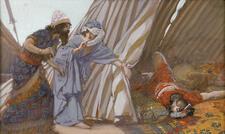
Yael Wife of Heber The Kenite: Midrash and Aggadah
The midrash praises Yael and includes her among the devout women converts. According to the rabbis, Yael’s actions helped God to realize God’s plan by punishing Sisera measure for measure for his wicked deeds, and by affording Israel a military victory over its enemies.

Yael: Bible
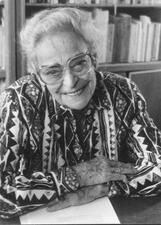
Leni Yahil
Leni Yahil was a German-born Israeli scholar and pioneer of Holocaust research in the decades following the Second World War. Working closely with Yad Vashem, she was among the first to emphasize Jewish primary sources, explore the importance of Jewish resistance, and document the Jewish experience in Northern Europe during the Holocaust.
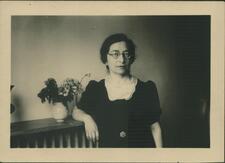
Miriam Yalan-Stekelis
Miriam Yalan-Stekelis revolutionized Israeli children’s literature with her classic poems and stories. She challenged the convention of the “happy ending” in children’s stories, portraying children playing yet also struggling and suffering from the judgment of adults. Yalan-Stekelis’s play-songs and poems have become an integral part of the cultural repertoire of kindergartens and schools in Israel.

Rosalyn Yalow
Yalta
Yalta is a character in the Babylonian Talmud, the wife of Rabbi Nahman, and the daughter of the exilarch. She is depicted as a strong-willed, free-spirited woman.
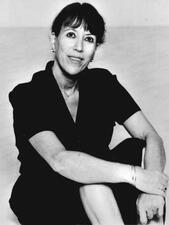
Berta Yampolsky
Mariana Yampolsky
One of the most prominent and influential artists of Mexico, Mariana Yampolsky grew up surrounded by intellectual thought, socialist idealism, and an interest in global humanism. Yampolsky’s social consciousness was evident in her printmaking, textbook graphic arts editing, and photography. A member of the Taller de Grafica Popular, she exhibited her work throughout the world.
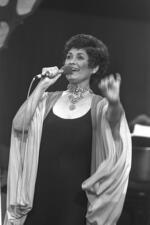
Yaffa Yarkoni
Yaffa Yarkoni was a talented and influential Israeli singer who recorded over 1,400 songs throughout her career. Known for her deep and throaty voice, her music spanned an impressive array of styles and rhythms and marked a shift in Israeli popular music.

Janet Yassen
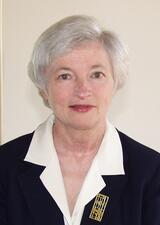
Janet Yellen
In 2021, American economic Janet Yellen was the first woman to lead the United States Department of the Treasury. In 2014, she had become the first woman to chair the United States Federal Reserve Board, one of the most powerful banks in the world.
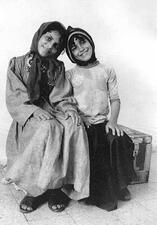
Yemen and the Yishuv
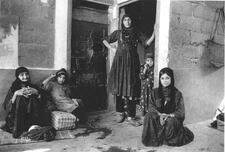
Yemenite Women in Israel: 1948 to 2005
The transition of Yemenite women from a traditional religious society to a western-secular society upon immigration to Israel was marked by a certain ambivalence. Their status and gender roles changed, and they became integrated both economically and socially into Israeli society. However, the new values underwent a certain degree of filtration as Yemenite women accepted some elements while rejecting others.
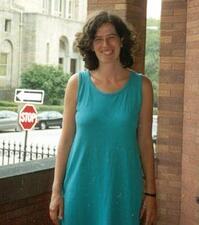
Rebecca Yenawine

Rina Yerushalmi
Theater director and choreographer Rina Yerushalmi, one of Israel’s leading artists, is the founder and artistic director of the experimental Itim Theater Ensemble. Her unique theatrical language is based on visual images that present the classical texts in a new light, making them acute and relevant. Yerushalmi currently serves as Professor of Theater at Tel Aviv University.
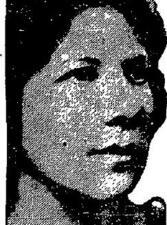
Anzia Yezierska
Essayist, novelist, writer, and literary critic Anzia Yezierska turned the frustrations and indignities she suffered in New York’s tenements into novels and short stories that depicted the strenuous working lives of Jewish immigrants. Her novels, short stories, and autobiographical writing vividly depict both the literal hunger of poverty and the metaphoric hunger for security, education, companionship, home, and meaning that Jewish immigrants sought in America at the turn of the century.
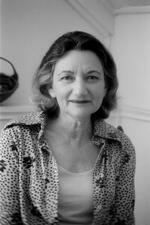
Helen Yglesias
At the age of 54, Helen Yglesias dedicated herself to becoming a writer. Her works focus on the lives and concerns of Jewish women in New York. Her most notable books include Sweetsir and The Girls.
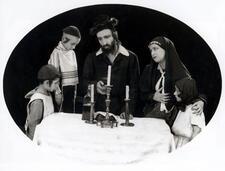
Yiddish Film in the United States
American Yiddish films captured the language, lifestyle, values, dreams, and myths of Yiddish culture, which resonated deeply with many Yiddish immigrant communities in New York City. Yiddish film reached its “Golden Age” between 1936 and 1939, and many influential women graced the Yiddish screen, including Moly Pico, Celia Adler, Jennie Goldstein, Lili Liliana, and Berta Gersten.
Yiddish Literature in the United States
Writers of a broad range of texts—passionate and erotic lyrical verse, social realist fiction, affecting descriptions of immigrant life, nostalgic paeans to their Eastern European homes, dirges to those murdered in the Holocaust—Yiddish women writers were modernists and traditionalists, romantics and realists, prose writers and poets. They represent no single school or line of development, but rather the range of women’s voices contained in Yiddish literature.

Yiddish Musical Theater in the United States
Jewish women on stage in America took on a variety of musical roles and performed all kinds of songs, including religious hymns and liturgical chants. In its heyday, the Yiddish stage mirrored American Jewish life. An amazing range of women’s woes were highlighted, discussed, and often resolved across the footlights, presenting the reality that immigrant women faced to an extent not paralleled in the English-language theatrical world during those years.
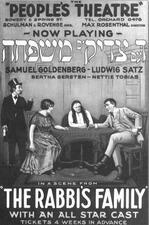
Yiddish Theater in the United States
Women have always been important as both Yiddish theater audiences and actors. For a decade and more, most American Yiddish actors were immigrants, as were their audiences. Often families played in the same company, such as the famous Adler family. Now, as Yiddish theater has become attenuated, the loyalties and memories of women are important for its survival.
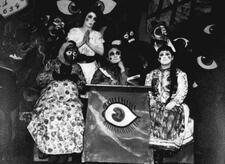
Yiddish Theater in Vienna
Jewish theater in Vienna between 1900 and 1938 is inconceivable without women actors. A total of 112 people were active in the Viennese Yiddish theaters, of whom 37 were women. Actors such as Pepi Litmann, Molly Picon, and Mina Deutsch popularized “trouser roles” in which women depicted men as well as playing strongly typified female characters.
Yiddish: Women's Participation in Eastern European Yiddish Press (1862-1903)
The development of the Yiddish press allowed Jewish women to move from the domestic into the public sphere and to be part of public discussion about communities’ affairs, to acquire knowledge of other Jewish towns and world events, and to express themselves publicly in their own language understood by all. They wrote letters to the editor, stories and articles, and opinion pieces and practical instructions.
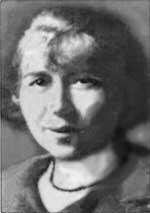
Yiddish: Women's Poetry
Women’s poetry in Yiddish first made its presence felt within the wider context of modern Yiddish culture in the late 1910s. Exploring topics from gender in Judaism to queer sexuality and eroticism, women’s Yiddish poetry cemented itself as its own literary corpus with priceless value and contribution to Yiddish literary culture.
Yiddishe Froyen Asosiatsiye-YFA (Jewish Women's Association)
The Yiddishe Froyen Asosiatsiye (YFA) was the only Jewish women’s organization in Poland during its time. The YFA was a feminist organization that sought to education and empower Jewish women, who faced double discrimination for their gender and religion.


